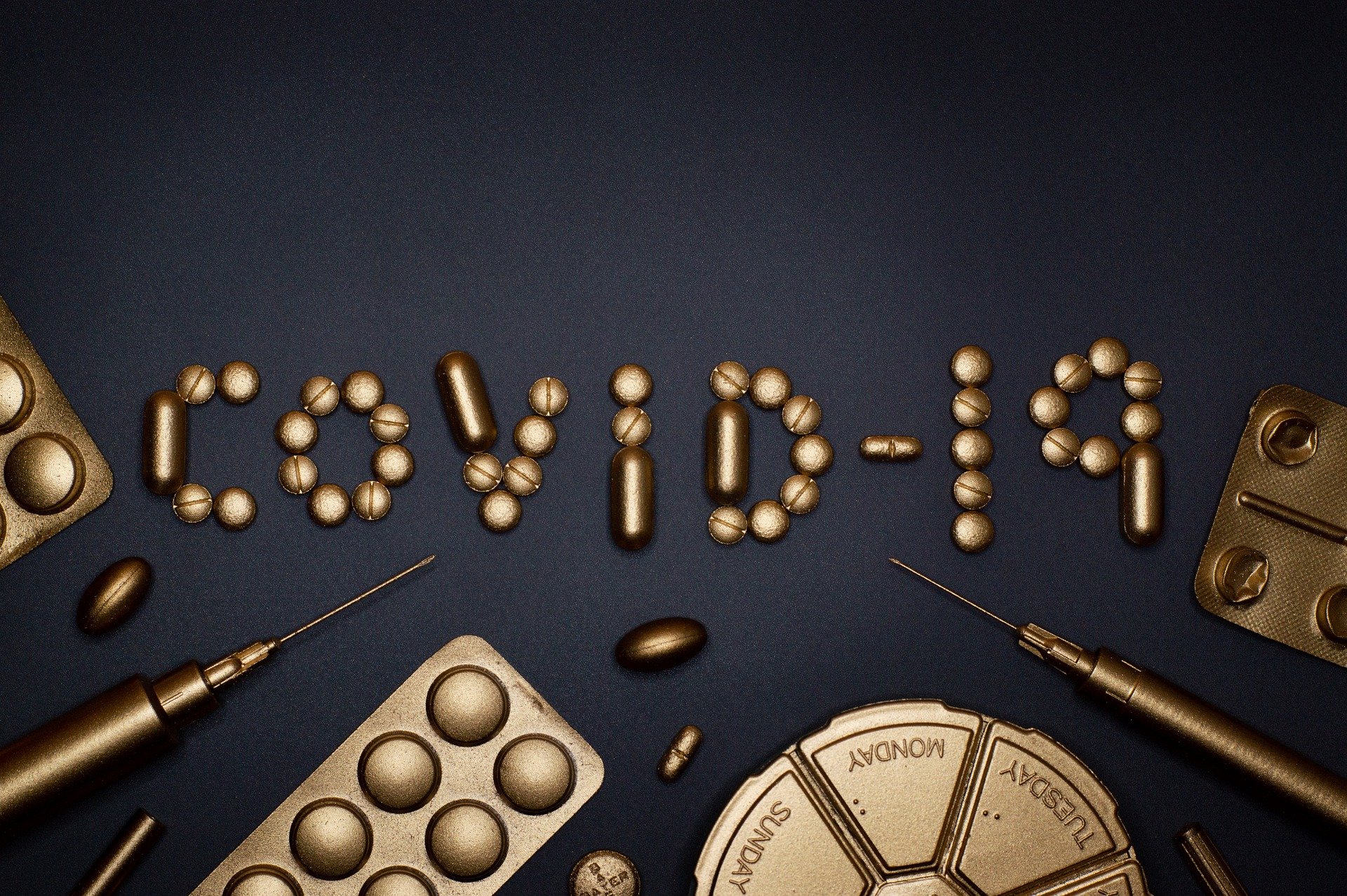
Anastasia Basheer
Arts and Entertainment Editor
The Coronavirus first made its way to the U.S. on Jan. 20, according to the CDC.
However, it was not until March that we started seeing the effects of this deadly and fast spreading virus.
The country’s affairs quickly spun out of control and sent us into apocalyptic-like times as many states issued stay at home orders.
Businesses and schools have been forced to close and thousands have lost their jobs.
The economy, meanwhile, is trying to recover from one of the worst recessions in its history.
Since January, the virus has infected 7.44 million people in the United States alone. Given this staggering statistic, scientists have since been scrambling to keep their work and what they know about the virus current as it develops and spreads.
According to the Washington Post, “The largest U.S. genetic study of the virus, conducted in Houston, shows one viral strain outdistancing all of its competitors, and many potentially important mutations.”
Although the study of more than five thousand genetic sequences of the coronavirus has not yet been peer reviewed, it highlighted that there is a, “…continual accumulation of mutations, one of which may have made it more contagious.”
The study did show, however, that these mutations did not make the virus deadlier.
“But every mutation is a roll of the dice, and with transmission so widespread in the United States… the virus has had abundant opportunities to change, potentially with troublesome consequences,” said author of the study, James Musser of Houston Methodist Hospital.
The mutation was found in the dominant coronavirus variant.
All coronaviruses, like SARS-CoV-2 are physically characterized by spikes around its core. These spikes are what helps the virus to attach itself to human cells.
According to Musser, this is where the mutation occurred, altering the spike protein changed amino acid 614 from D (aspartic acid) to G (glycine).
Research suggests that this small change, which affects three identical amino acid chains, enhances the transmissibility of the virus.
The U.S. has not been the only country to publish studies related to Coronavirus mutation. A study conducted in the UK came to a similar conclusion.
The study also found that the change in the spike protein may be what is driving the virus to be so widespread.
Essentially, this points to the fact that the virus has the potential to adapt to break barriers like mask wearing, the use of hand sanitizer, and all other safety guidelines that are in place to help stop the spread.
With that being said, the formulation of a vaccine can also become problematic.
“It is well within the realm of possibility that this coronavirus, when our population-level immunity gets high enough, this coronavirus will find a way to get around our immunity,” said David Morens, a virologist at the National Institute of Allergy and Infectious Diseases.
Morens added, “If that happened, we’d be in the same situation as with flu. We’ll have to chase the virus and, as it mutates, we’ll have to tinker with our vaccine.”
All these findings and discussions about the novel Coronavirus have raised concerns that COVID-19 may become another virus we brace for annually, along with the flu.
Email Anastasia at:
abasheer@live.esu.edu

